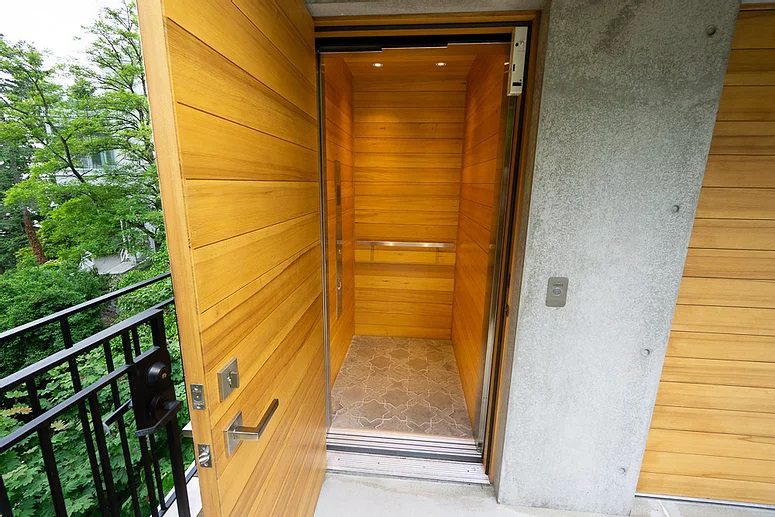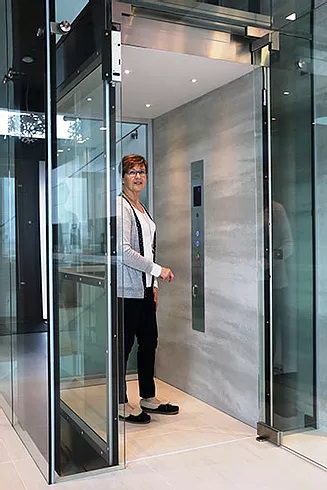Elevator Etiquette
Now, although Western Elevator‘s primary focus is on residential elevators and lifts, we still want to help you out and give you a bit of information around some basic elevator etiquette for when you find yourself in an elevator that is not within your own home. because in your own elevator, let’s face it, you can make whatever types of etiquette rules you’d like! But in shared, non-residential elevators, there are some basic, unsaid rules that you may or may not be aware of. So let’s dive into our favourite and most important elevator etiquette guidelines that you should try your best to follow.
Travelling a Single Floor?
If you’re only going up a single floor, or down a single floor, you should try your best to stay out of the elevator. It’s common courtesy to simply use the stairs in this case. Of course, there are some exceptions here and those exceptions could be for older people, those with disabilities, or people with children and/or strollers. This specific elevator etiquette isn’t noticed by everyone but some people may get quite annoyed if they have to stop many times to let people in and let those same people out only a single floor above or below. Additionally, some buildings don’t have stairs that are meant for anything more than fire exits.
Standing in the Correct Direction

It’s in everyones best interest when there is more than one person in the elevator to always stand facing the door. This will eliminate the possibility of having someone staring at you when it is not wanted (which, let’s face it, it’s never wanted). Additionally, by following this elevator etiquette, you don’t have to worry about other breathing in your face.
Elevator Etiquette Involving Holding the Door
There’s no specific guideline for this rule. Holding the door for someone can be done when you feel it’s not going to hold up the elevator ride too much for all the other in the elevator. If you are alone, it’s really your own decision. But remember, don’t put yourself at risk by trying to open the door for someone when it is not safe to do so. If you are able to press the button to open the door, then go for it. Another way to look at the elevator etiquette for holding the door is to just let whatever happens, happen. If a person is able to get there before the door closes, then great, if not, they can catch the next one. There’s no reason to be upset if the door closes and you are going to have to add another minute onto your commute.
Talking on the Phone & Elevator Etiquette

There are many different opinions on this point as well. First of all, to be fair, the elevator is a public space, and no one is saying you cannot talk on the phone. Some people are annoyed by this act and some people actually prefer it because it flushes the awkwardness out of the situation. Now, although we believe there is nothing wrong with talking on the phone during an elevator ride, keep in mind the specifics of the conversation. If the conversation is harmless, for example, your significant other telling you to pick up milk, eggs and bread on your way home, then no problem. On the other hand, if you’re chatting to a friend about a crazy or inappropriate story that happened to you two over the weekend, it’s probably best to hang up the phone and call them back in a minute or 2 after the elevator ride is over.
Space Out
This one is simple, and very obvious. If there is room to space out, please do. Nothing says bad elevator etiquette like standing 6 inches away from someone when you could easily make a few feet of space in the middle of you.


